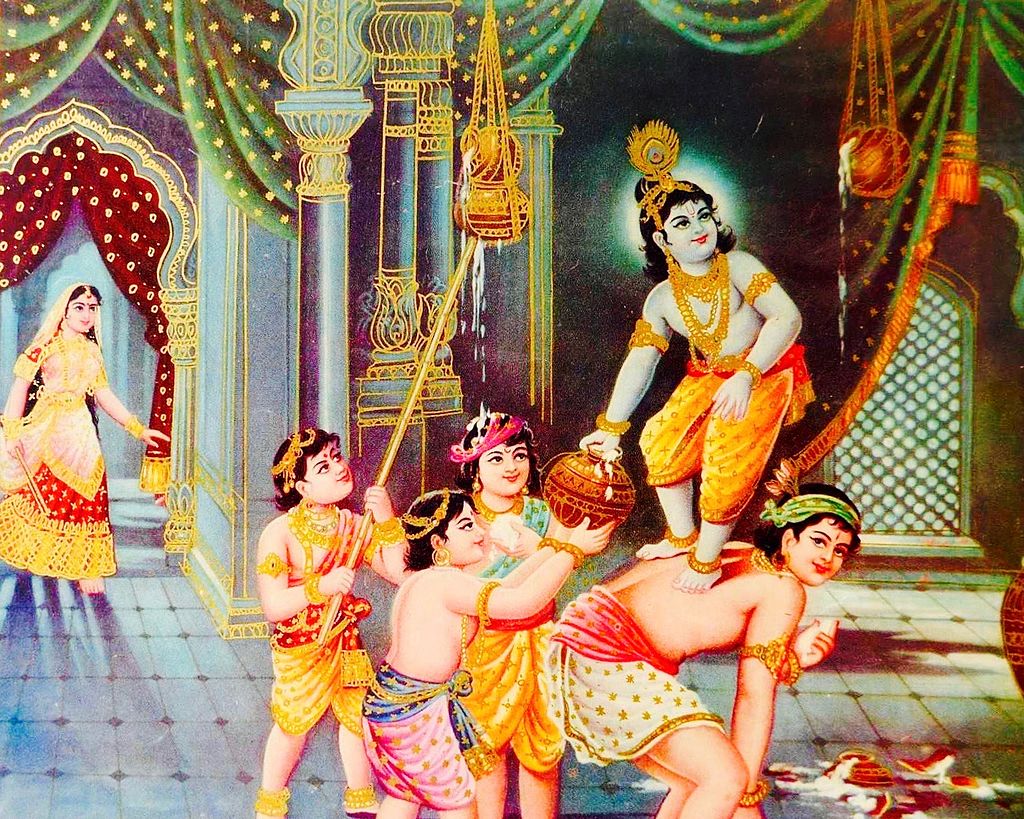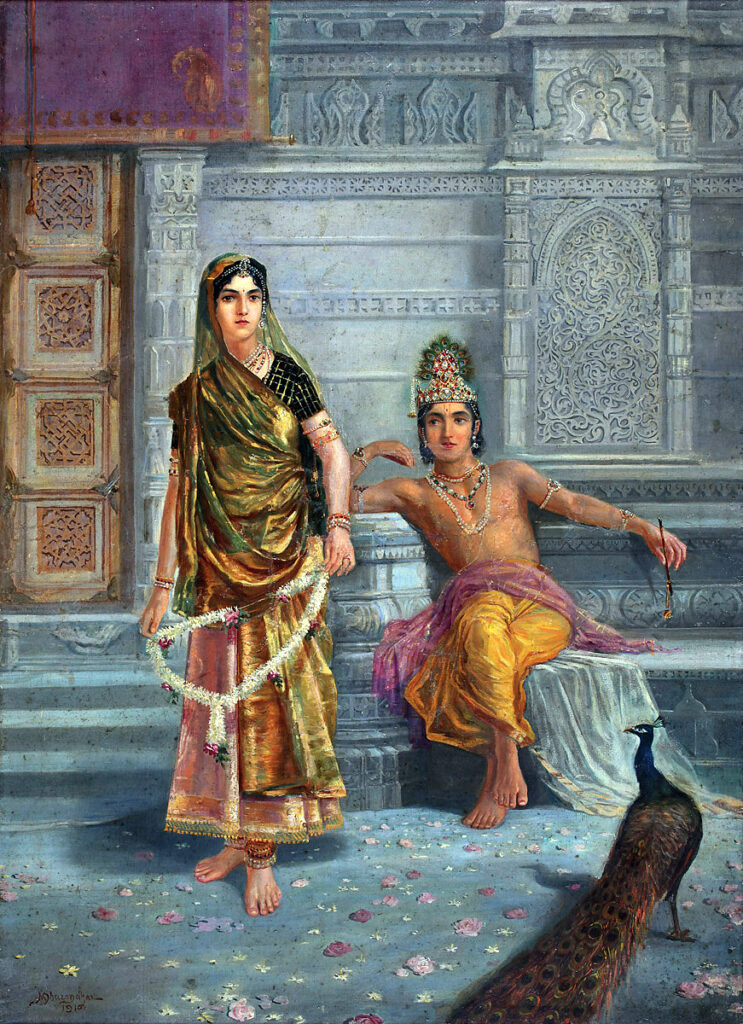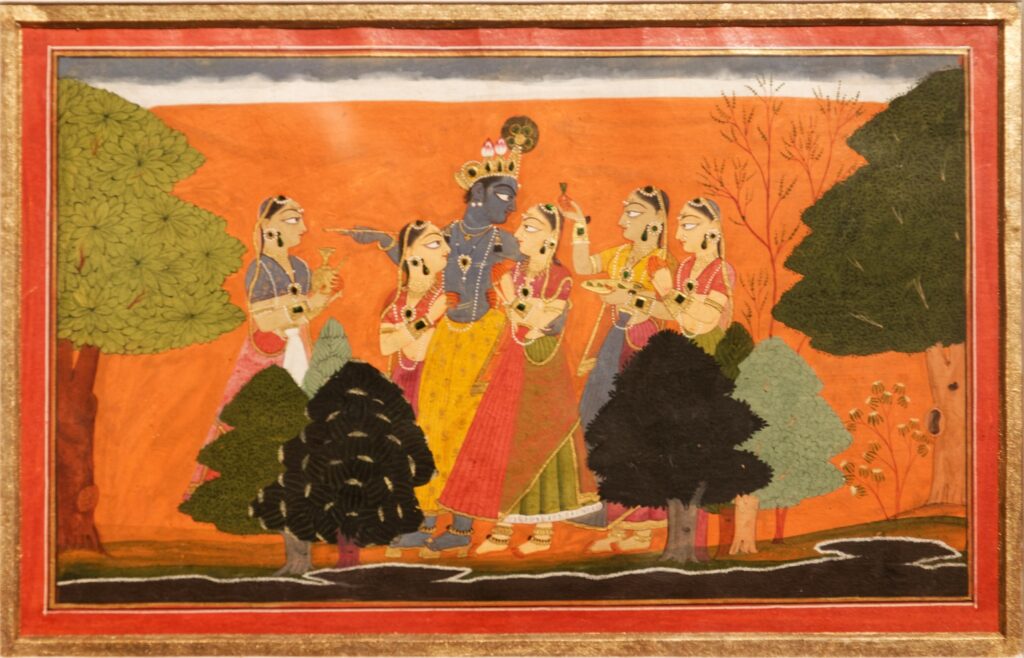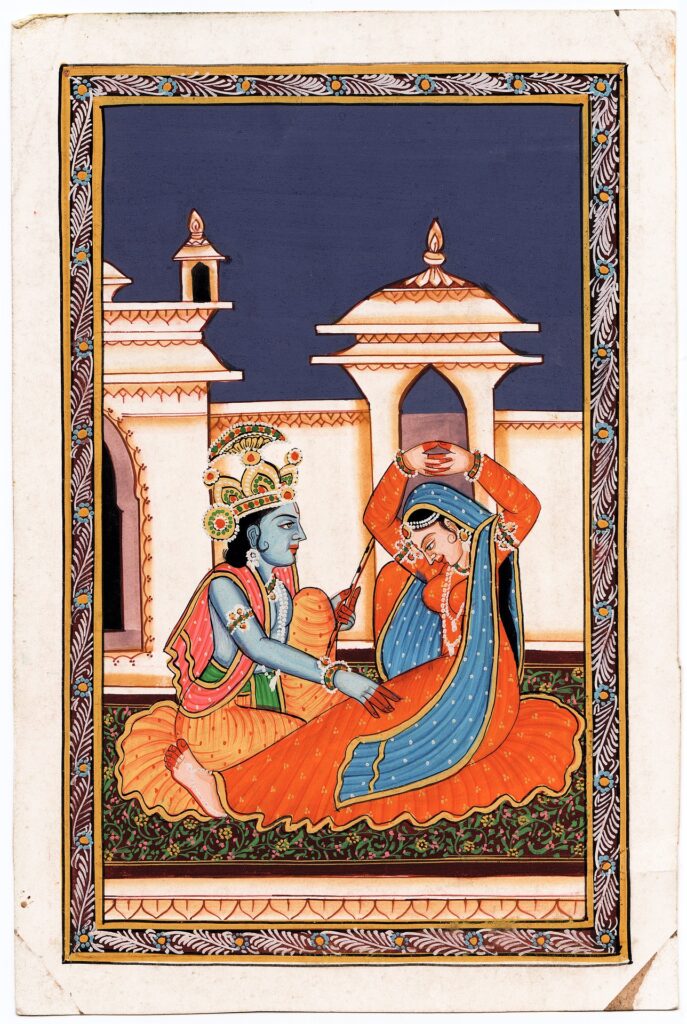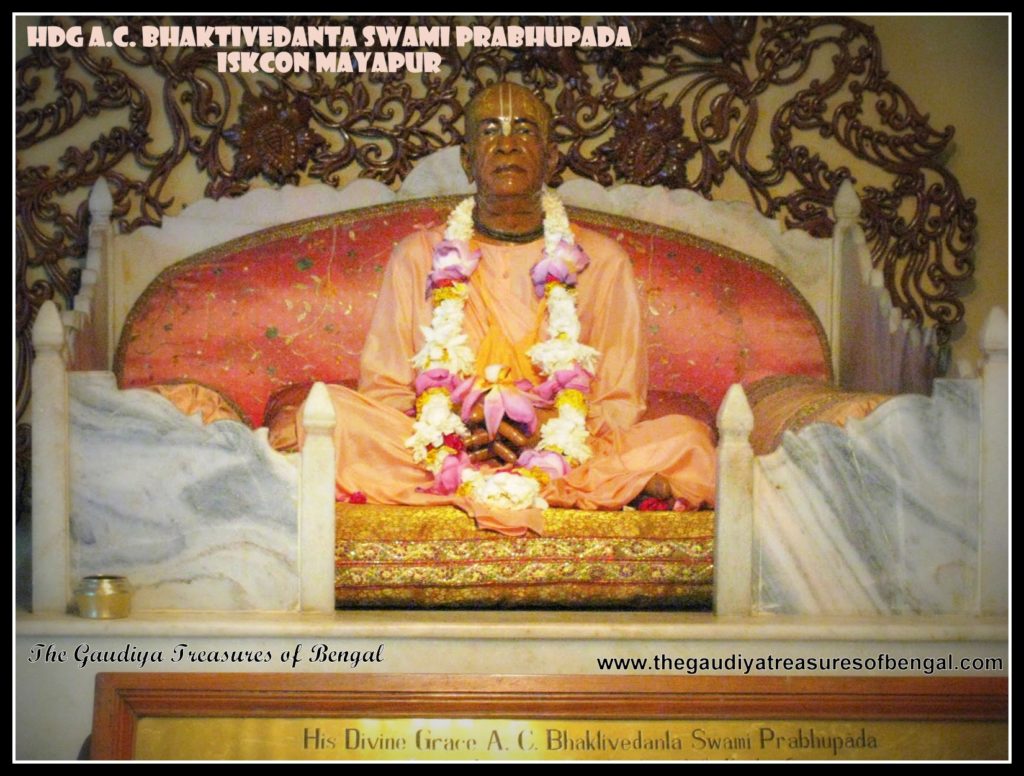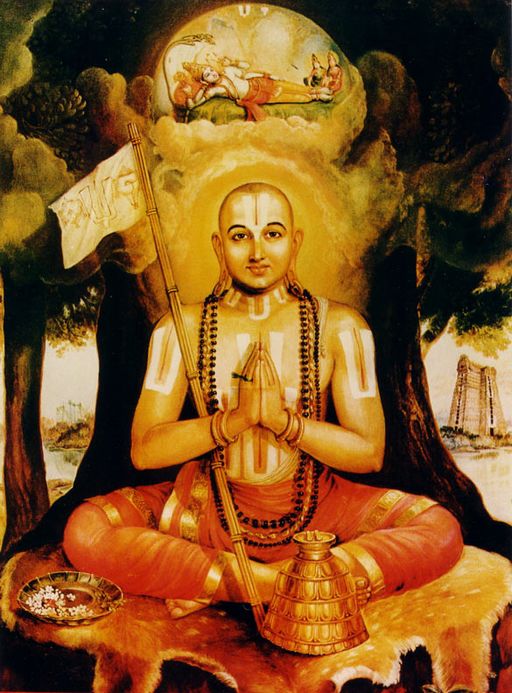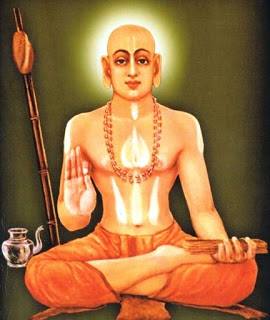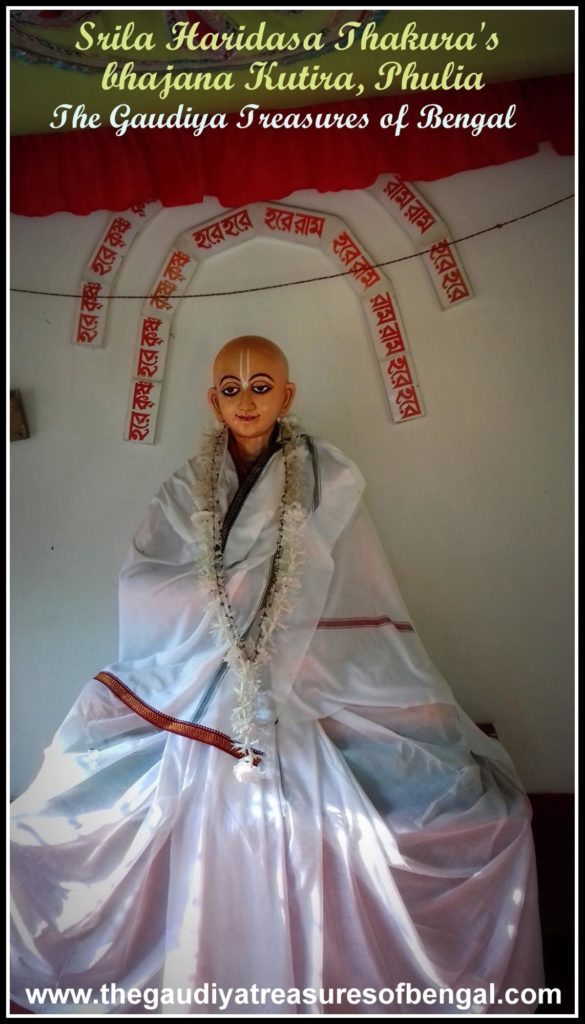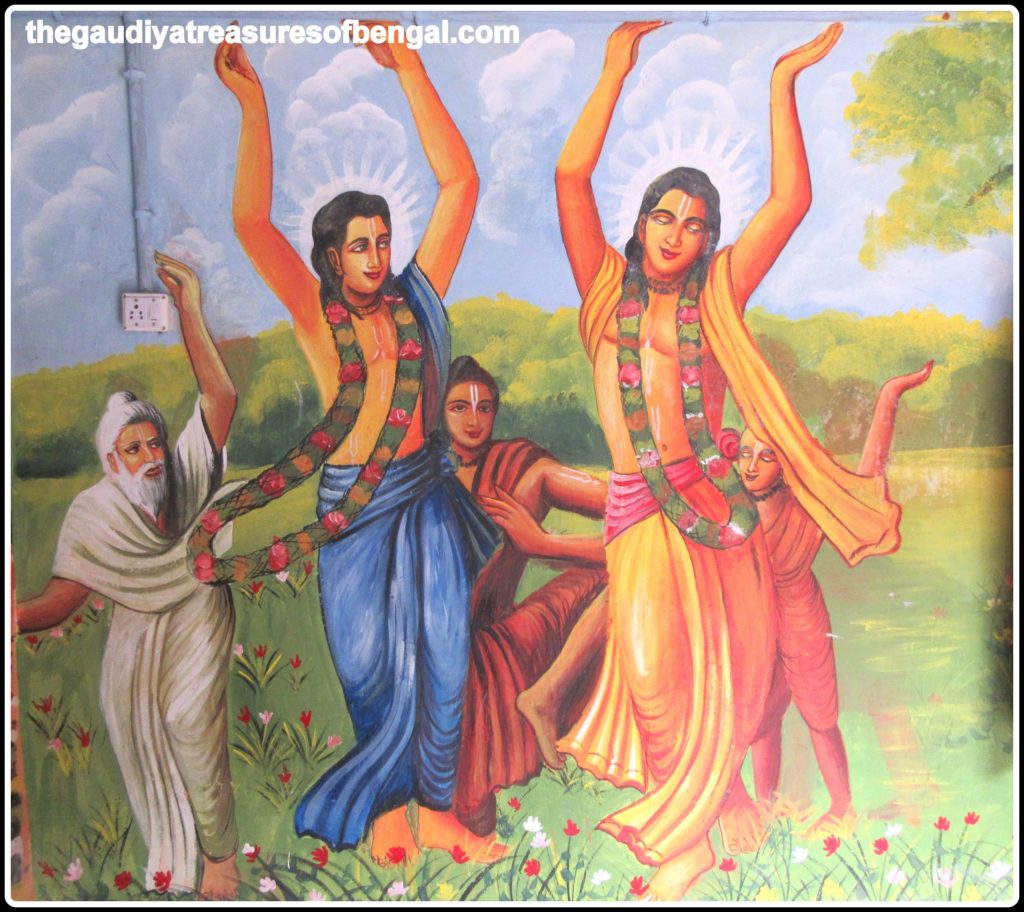
Sri Chaitanya Mahaprabhu, the Supreme Personality of Godhead ,had mercifully appeared at Yogpeeth (in Mayapur, West Bengal, India) about 500 years ago (in the year 1486 AD), to bless us with the most wonderful, deep and ecstatic pastimes of Gaura lila. The identity of Lord Chaitanya Mahaprabhu as the Supreme Personality of Godhead can be verified in a number of Vedic scriptures like Srimad Bhagavatam, Mahabharata, Garuda Purana, Nrsimha Purana, Padma purana, Bhavishya Purana, Narada Purana etc. Sri Chaitanya Mahaprabhu is the most munificent incarnation of the Supreme. Lord Gaurahari freely gives what no other incarnation of the Supreme Lord has ever given before – the ecstatic pure love of God. He does not consider one’s qualifications or background or pedigree before bestowing this supreme gift upon them, receiving which one achieves the ultimate perfection of his human life. This ecstatic love of God eludes the great demigods like Brahma, Shiva and Indra. Even Lakshmi devi, the wife of Lord Narayana, hankers to receive it. A yogi cannot achieve it , even after performing severe austerities for thousands of years. A Jnani cannot smell it even after analysing the whole of the vedic scriptures. This ecstatic love of God is extremely rare but it can be easily achieved by the causeless mercy of Lord Gauranga. That is why lord Chaitanya is known to be the essence of all the other incarnations of the Supreme – ‘Avatara sar Gaura avatara’. Although being the Supreme Personality of Godhead Himself and having broadcasted the congregational chanting of the holy names of Krishna in all four directions, he did not pen any transcendental literatures Himself, but rather empowered his associates like Sri Rupa and Sanatan Goswamis to compose various literatures on devotion. It was through them that he expounded the science of bhakti (devotional service) and glorified Lord Krishna, the Supreme Personality of Godhead. The only work that is known to have been penned by him is the famous eight verses of Shikshashtakam. Sri Shikshashtakam carries the essence of the entire process of devotional science (Bhakti) from the very basics up to the highest goal of Krishna Prema (unconditional selfless devotional service unto Krishna). It can be stated without uncertainty that whoever deeply studies these instructions of Chaitanya Mahaprabhu, follows them, and imbibes them to their heart, has indeed been blessed with a higher understanding of the path of Bhakti. These glorious shlokas are as follows :
